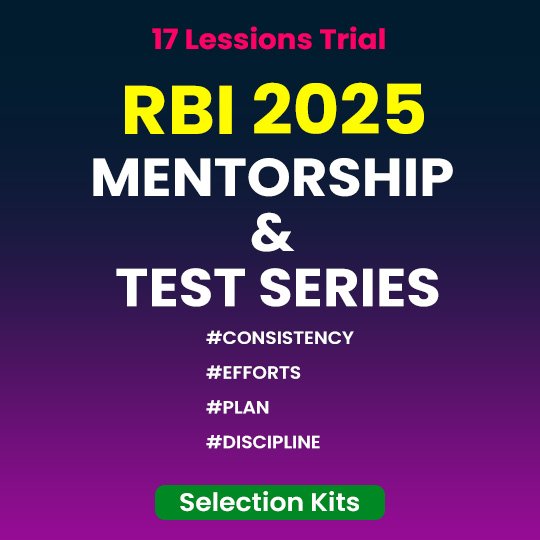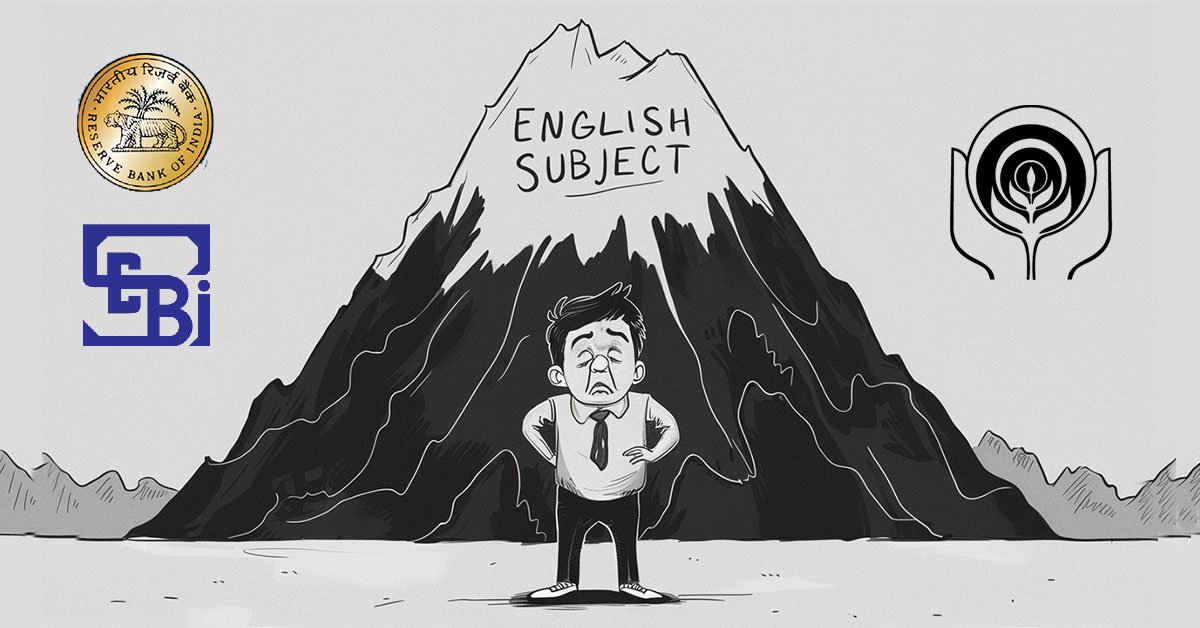Source: BS
Context:
India has developed a robust last-mile credit ecosystem, yet repeated shocks over the past 15 years—Andhra Pradesh crisis (2010), demonetisation (2016), Covid-19 (2020), and the slowdown since early 2024—have caused abrupt lending cuts and household distress.
The solution lies in moving from stop-start lending cycles to continuous, reliable access to formal credit for low-income households.
Key Recommendations
Harmonise Bank-NBFC Partnership and Strengthen PSL
- India’s credit ecosystem spans universal banks, small finance banks (SFBs), NBFCs, and fintechs, linked through direct assignments, co-lending, lending service providers, and business correspondent arrangements.
- Current anomalies:
- SFBs cannot co-lend, unlike banks and NBFCs.
- Income from DA assignments is recognised upfront, but not in other formats.
- Default guarantees allowed in co-lending but not in direct origination.
- Recommendation:
- Supervise overall bank exposure to non-banks, not just individual transactions.
- Ensure originators/servicers commit adequate capital to align incentives.
- Refine Priority Sector Lending (PSL) by increasing weightage for underserved segments and districts.
Reduce Funding Fragility
- Household credit relies heavily on bank funding, including NBFC balance sheets and off-balance-sheet instruments.
- This channel concentration makes the system vulnerable to sudden stops.
- Solution:
- Deepen capital market access for NBFCs.
- Provide market-making support for NBFC bonds and securitised instruments to ensure continuity in credit supply during stress.
Replace Crude Lender Caps with Credible Income Assessment
- Traditional caps (e.g., max three lenders per borrower) are too blunt, risking exclusion of entrepreneurial households.
- Recommendation:
- Use income proxies, occupational archetypes, and soft information from frontline workers for assessing repayment capacity.
- Establish RBI technical committee standards for minimum validation, governance, and calibration.
- Leverage the forthcoming all-India household income survey by Ministry of Statistics and Programme Implementation for benchmarking.
Rationale
- Despite concerns about over-leverage, household debt is 42% of GDP, lower than many emerging markets.
- Informal borrowing persists and universal banks struggle to meet PSL targets consistently.
- Harmonised rules, diversified NBFC funding, and credible income assessment can smooth credit access, reduce boom-bust cycles, and minimise disruption to livelihoods.



















